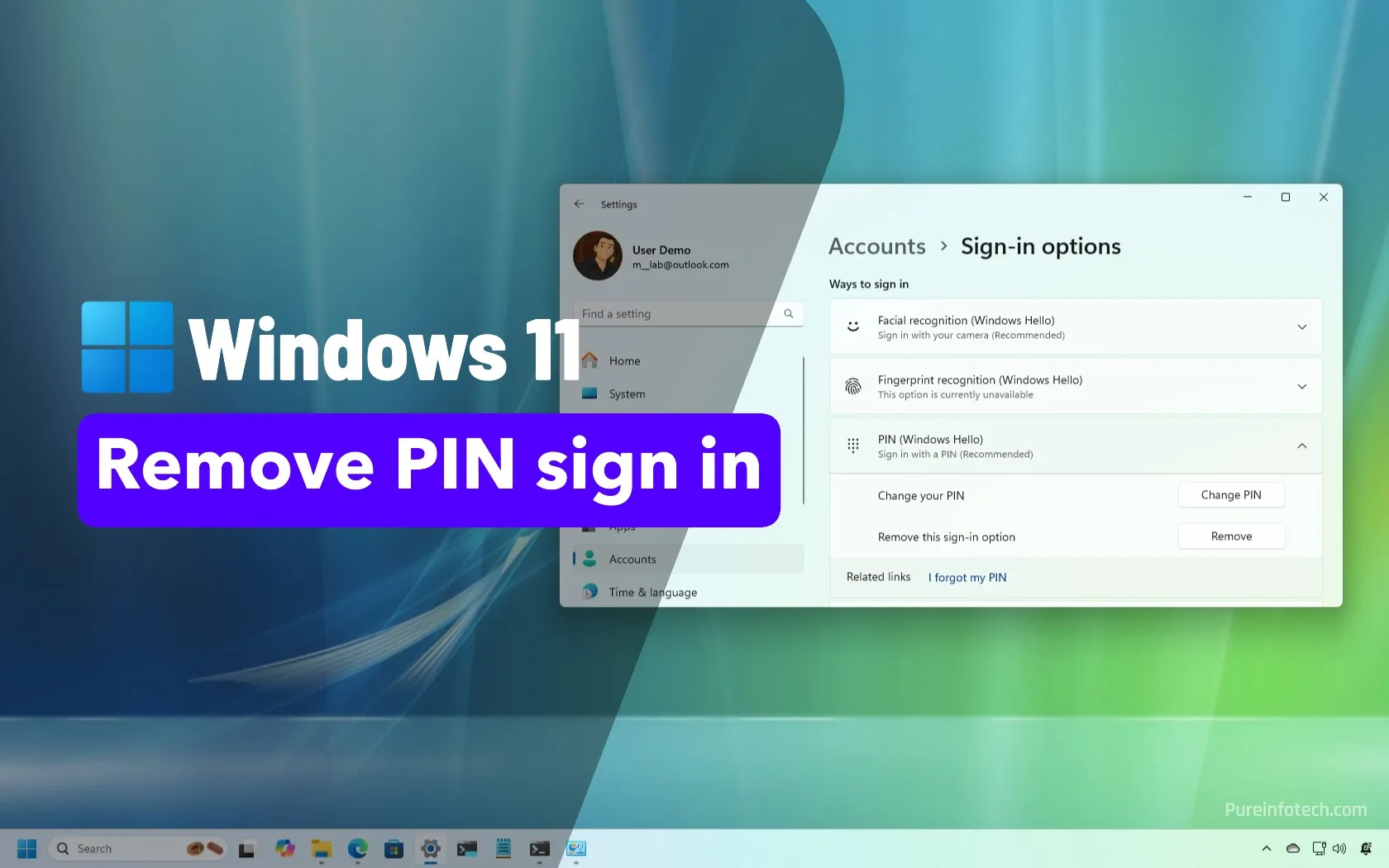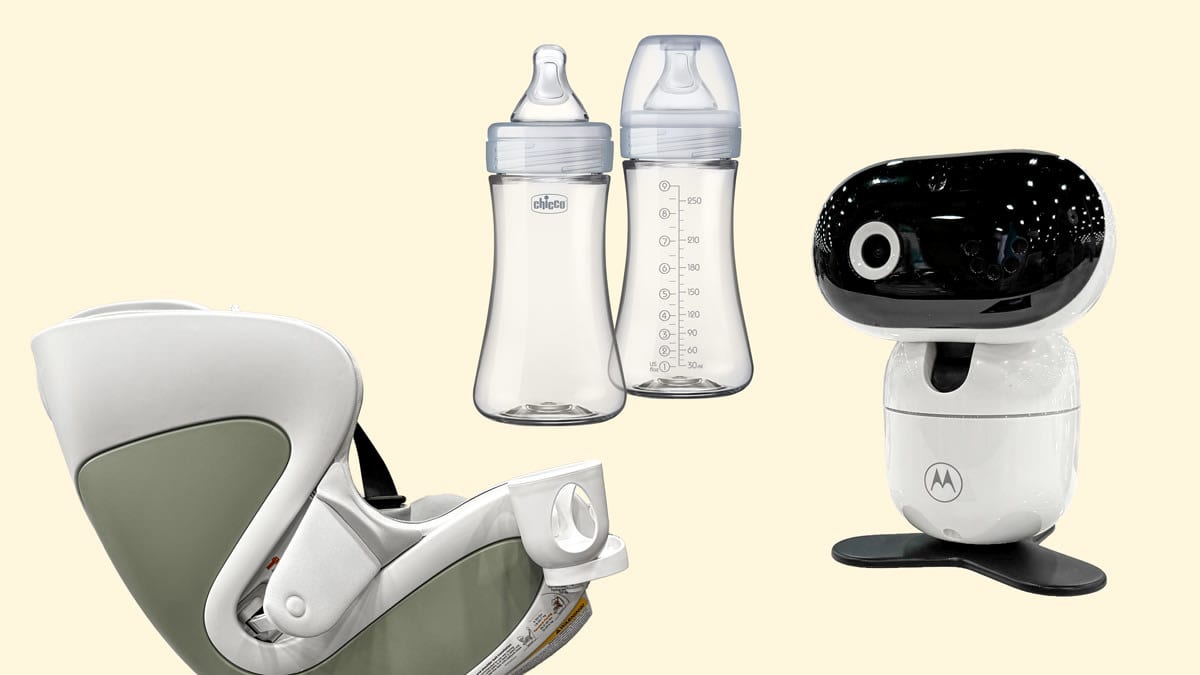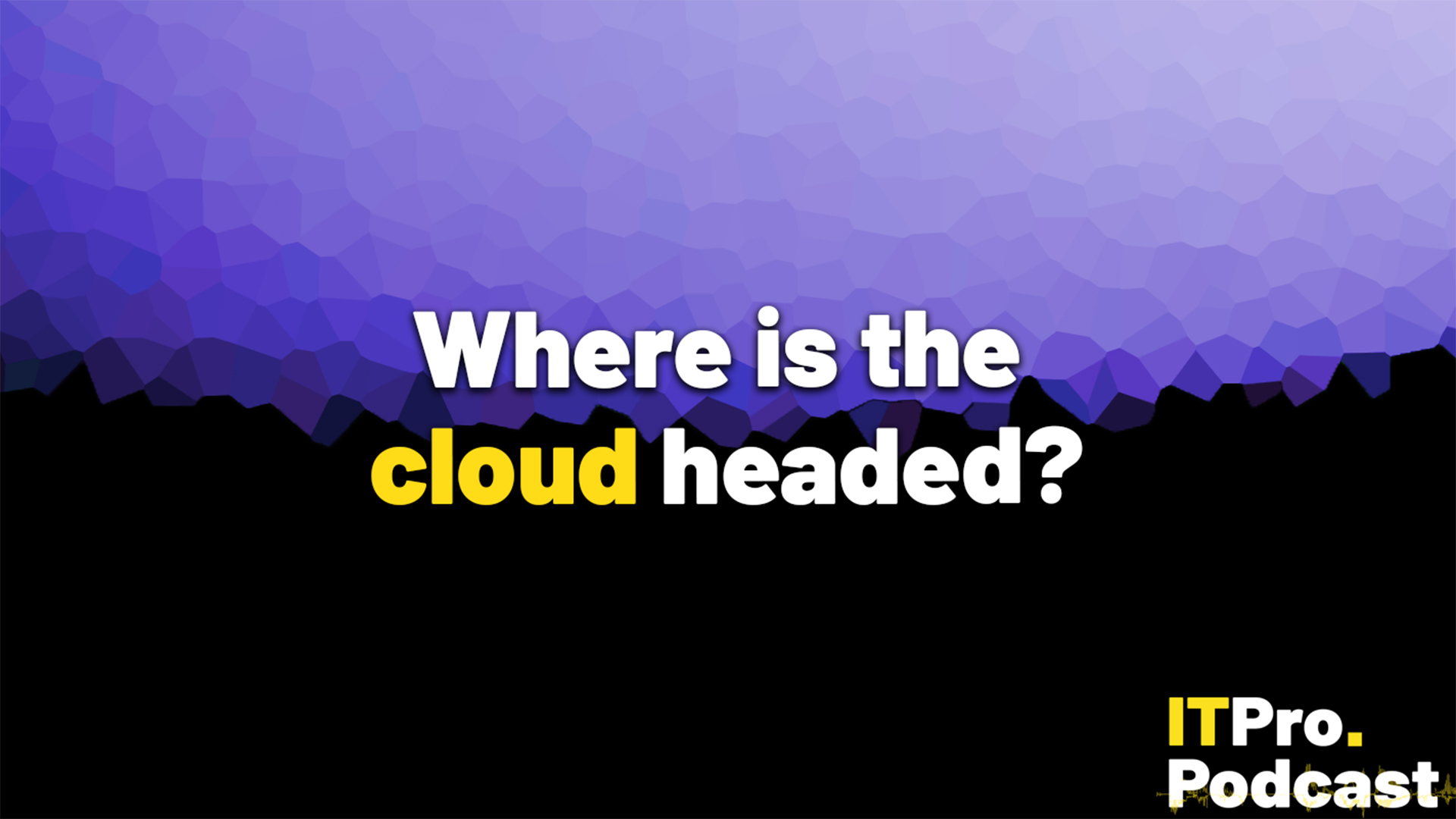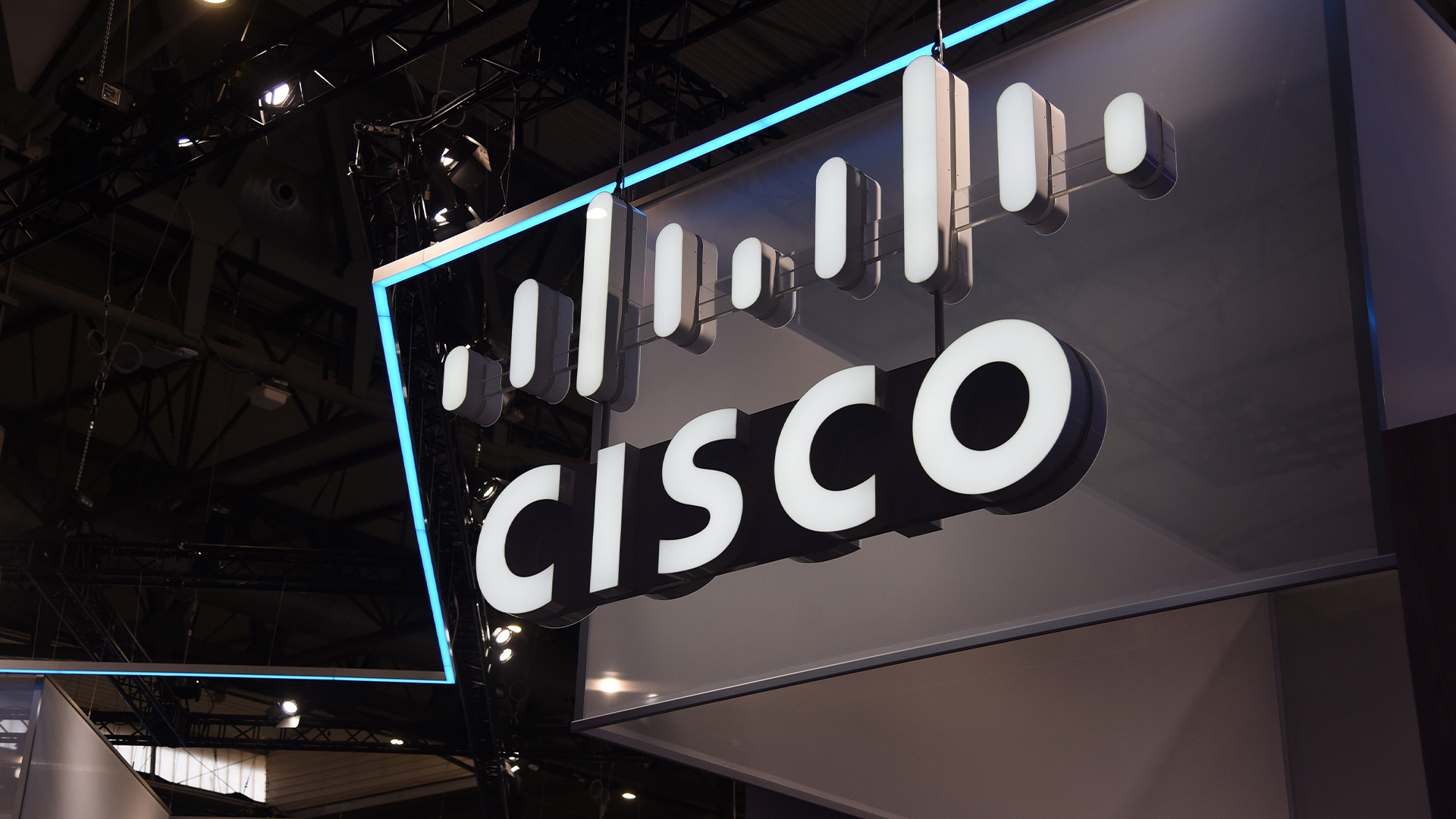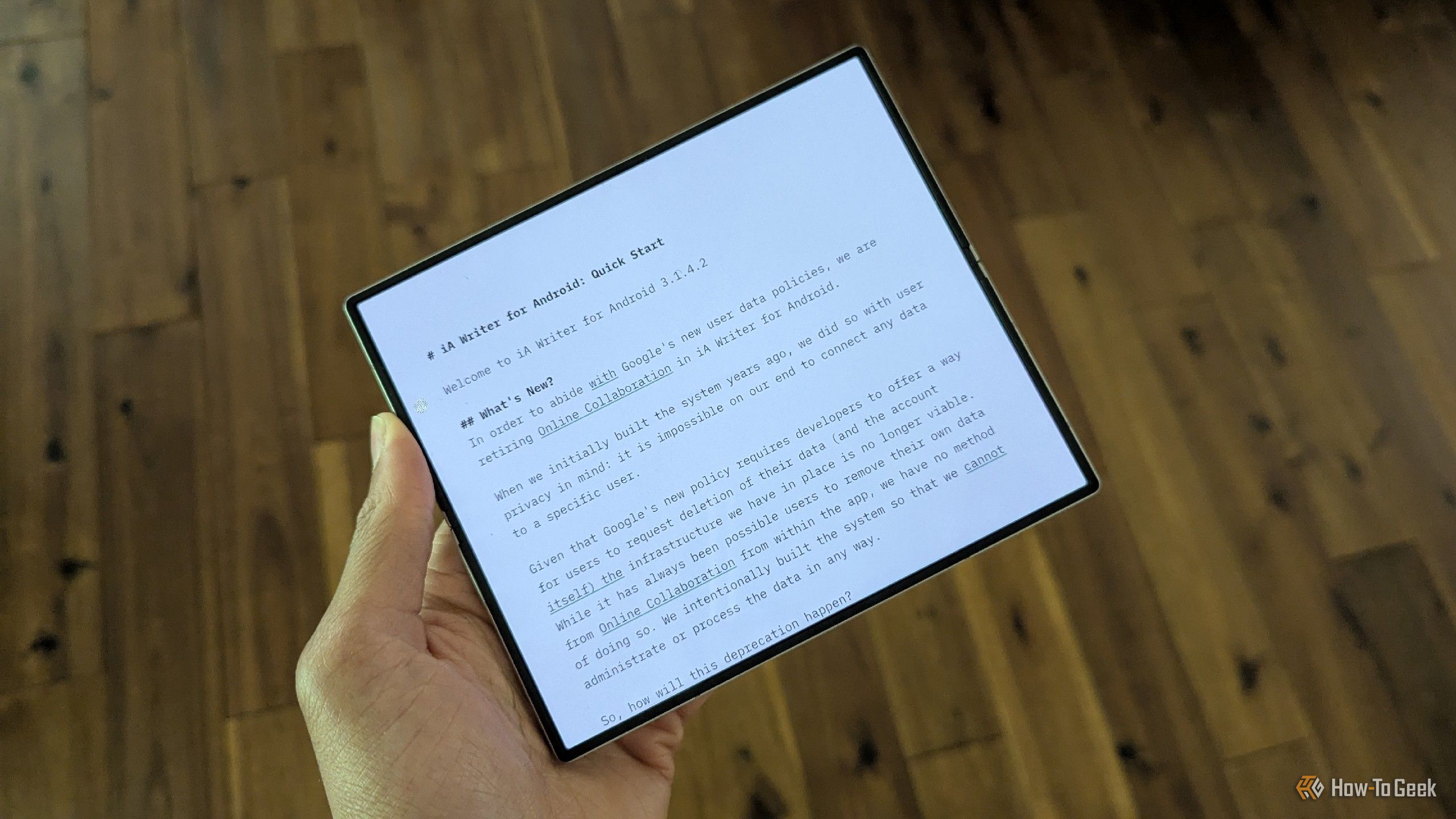
Summary
- Good screens make a big difference in eye strain and overall comfort.
- High DPI and PPI on screens rival paper quality.
- High refresh rates and OLEDs provide smoother animations and nicer contrast, reducing eye fatigue.
I loathed screens for years, which is a hard place to be as a tech journalist. Working at a screen all day wrecked my eyes and left me feeling drained, but now that I’m using a high-density OLED display, it’s become a non-issue. Turns out, good screens make a bigger difference than I ever expected.
Old Screens Sucked
Technology has changed over the course of my career. It was a different thing to dislike screens ten years ago, and different still to go back ten years before that. Screen resolutions were much lower on the majority of computers.
While I was one of the few to buy a Chromebook Pixel in 2013 (with is gorgeous 2,560×1,700 resolution), when I left it behind, it would be a long time before I again had a screen that nice. Most of the displays I used were 1080p and 60Hz. This is still standard among laptops that come with Linux, of which I’ve bought a few.
These screens looked fine to me at the time. Back then, I would have told you that paying more for a nicer screen felt excessive. The cheapest option was good enough!
I have since learned the error of my ways. For those of us who spend hours a day staying at a screen as part of our jobs, investing in a quality display is one of the more important investments we can make. I was surprised to find just how big an improvement a nice screen has had on my quality of life.
Newer Screens Rival Paper
Paper may be a fundamentally different technology compared to our screens, but when you embed text and images into those fibers, you’re still imprinting a certain number of dots per inch. For decade, printers have been able to print DPI at a density screens could not hope to match.
That has started to change. High-quality text or imagery gets printed at upwards of 300 DPI. My Samsung Galaxy Z Fold 6 has a PPI (pixels per inch) of 410 on the cover screen and 374 on the internal one. I’m not saying that DPI and PPI are the same. What matters here is that high DPI and high PPI both mean the physical dot or digital pixel density is high enough that they’re not visible to the naked eye from a regular viewing distance.
The quality shows. I regularly read eBooks and comics alike on my book-style foldable phone. When I compare my screen to paper now, physical comics actually appear to have a lower resolution. The text isn’t as sharp. The images aren’t as crisp. In addition, the colors don’t pop nearly as much.
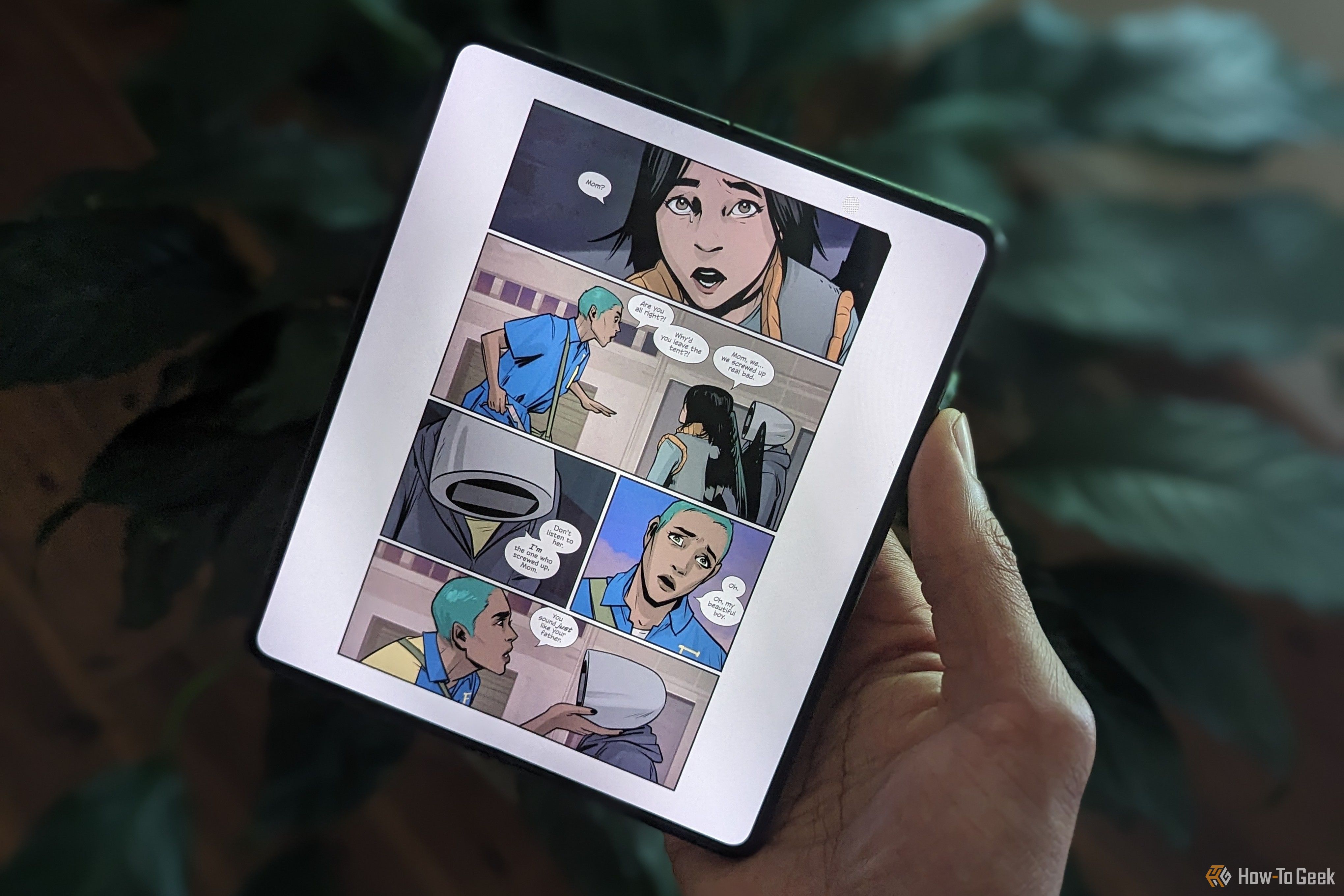
Related
Why Digital Comics Are the Only Way to Go
I now choose pixels over paper and ink.
High Refresh Rates Mean Less Jitter
For a long time, I never paid any attending to refresh rates. Those two words meant nothing to me when used together. I had an abstract understanding, but I couldn’t see the difference. Now I can’t not see it.
A high refresh rate makes all animations smoother. This impacts how apps look when they open and close. More importantly, this determines the way apps scroll. As text flows by, it moves more naturally rather than with a jerky stutter that’s unlike how objects move in the real world. Real life has a high refresh rate.
A 120Hz refresh rate leaves me with far less eye fatigue at the end of a writing session than a standard 60Hz one. As I type and scroll, everything jitters less.
That said, there are diminishing returns. While 60Hz now feels too low, there isn’t much to be gained by going all the way up to 240Hz.

Related
Do You Need a 144Hz, 240Hz, or 300Hz Refresh Rate Display?
How fast is too fast when it comes to monitor refresh rates?
OLEDs Provide Nicer Contrast
OLED stands for organic light-emitting diode. It’s an alternative way of producing light and imagery on a screen compared to the more common LCDs (liquid crystal displays).
OLEDs offer deeper contrast ratios than LCDs. This means their blacks are deeper and can actually get dark enough to be difficult to distinguish from the black device or frame around them.
This has an impact on movies and games, but it’s also important when reading and writing. As someone often looking at a text editor or an ebook, black and white are the two colors I see most often. Just like reading faded ink on a page isn’t a great reading experience, it helps when digital contrast is crisp and vivid.
The Screen Is No Longer My Biggest Discomfort
When I work now, I don’t give as much thought to the strain on my eyes. No, it’s not suddenly great to stare at a screen for hours at a time, but as long as I’m remembering to blink and take regular breaks, the eye fatigue rarely sets in.
I now pay more attention to the discomfort that comes from poor posture. I tire quickly when working at a laptop due to the way my eyes angle downward to see the screen and my head leans to match. I’m able to hold my phone up higher, directly in front of my eyes, so that my neck can remain straight.
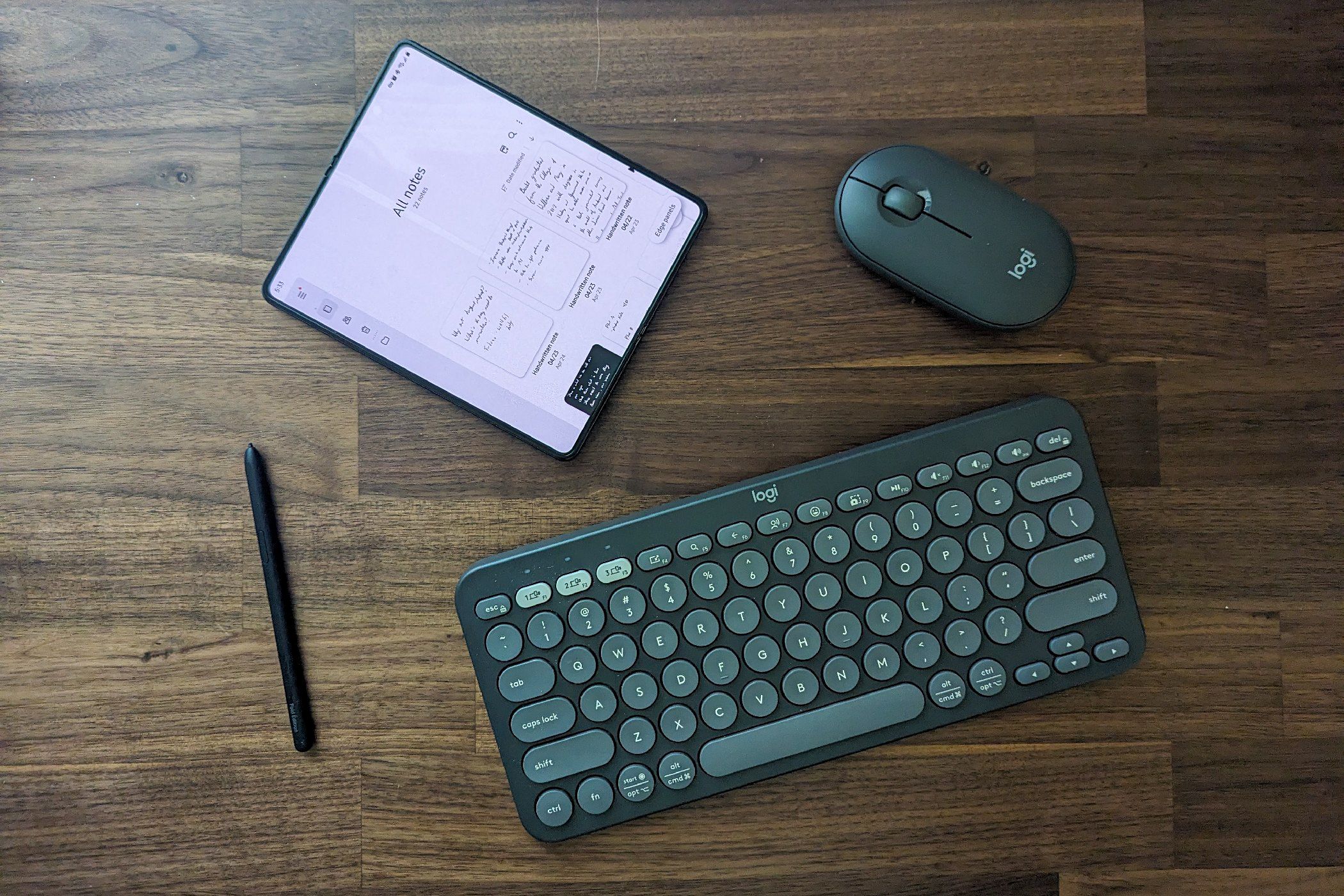
Related
I’m More Productive Working on a Smaller Screen, Here’s Why
Yes, I wrote this from my phone.
I use the Pomodoro technique when working and am strict about getting up to move around when the timer goes off. I feel it in my body when I don’t.
These things mattered all along, but I overlooked them more back when my eyes were the most irritated and uncomfortable part of me. One problem at a time, I suppose.
My message is simple: if you have the budget, don’t skimp on the screen. As much as I like having more storage space and additional RAM, the quality of the screen has become a spec I value even more. My quality of life will be much more impacted without it.
Source link






